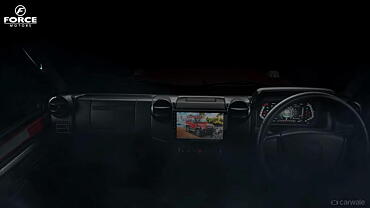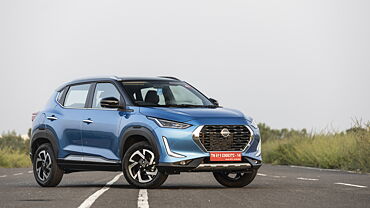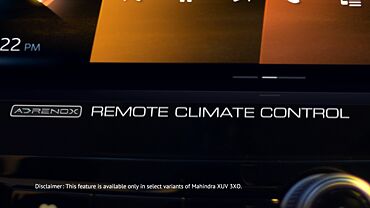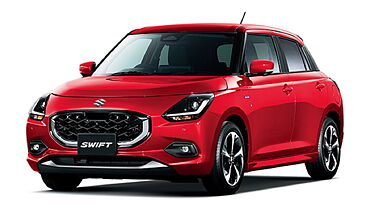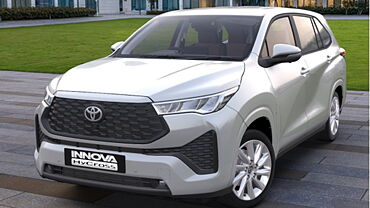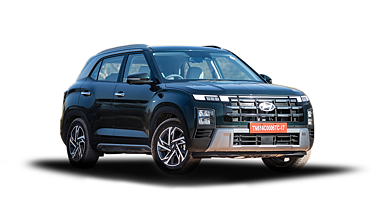Maruti Suzuki WagonR is among the popular hatchbacks of the homegrown auto major and the car has been present in the domestic market since past a decade. The high-sitting profile, lofty roofline, efficient on-road performance, spacious interiors and great luggage area are the main reasons for the WagonR to have recorded humongous sales since inception. This hatchback has been presented in various trims and variants and the Maruti Suzuki WagonR Duo is one of them. This version of the car was equipped with a standard 1.1-litre petrol engine along with an LPG kit as an alternative fuel.
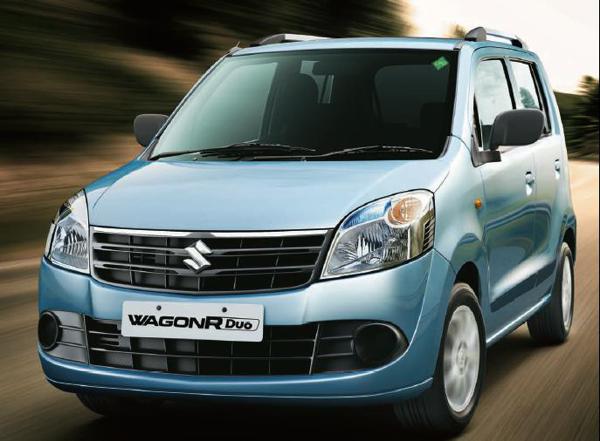
The Maruti Suzuki WagonR Duo was launched in 2006 but prior to this variant, WagonR had already become a popular hatchback for the prospective buyers. This LPG model of the car was incorporated with the standard 1.1-litre FC type engine, which typically is a rotary wankle type mill. This 1061cc engine was supported with the Multi-point Fuel Injection System (MPFI). It produced a power output of 60bhp and a torque of 80Nm. On petrol mode, the car delivered a mileage of 15.3Kmpl. The petrol engine was supported by an LPG kit with its 28Kg cylinder fixed in the boot section of the car. On LPG mode, it delivered 15 km per Kg.
The interiors of Maruti Suzuki WagonR Duo featured a basic console with simle controls to make driving it comfortable. The car was equipped with power steering, power windows, a decent air-conditioning unit and a company-fitted stereo. There was an LPG switch given on the dashboard or adjacent to the gear lever and at times even behind the steering wheel. It worked as follows:
- As soon as the driver pressed the button, the natural gas is released into the combustion system of the engine.
- LPG has a basic functionality of working on the methods of expansion and combustion.
- When LPG is ignited in the combustion chamber of the car, it starts expanding and eventually pushes the pistons, which are connected to the crank shaft.
- This process in turn rotates the crank shaft and pushes the extension of the transmission in the car. The accelerator pedal helps in regulating the flow of fuel, which supports combustion, into entering the system.
The working of an LPG fuel is much similar to the ordinary fuel types, except for the fact that former uses the burning of gas to propel the car whereas, the latter utilises liquid fuel for the same.
There are typically 4 ingredients, which support LPG fuel in the car and these are namely – an LPG cylinder, filler valve, engine components and fuel gauge and switch. The LPG auto tanks are more strongly built than the ordinary petrol and diesel tanks. They are mostly equipped with Overfill Protective Valves to ensure maximum safety to occupants. The cylinder comes in a variety of capacities and is usually mounted in the boot of the car. The LPG engine components are supported by fuel lines, gas injectors, an Electronic Control Unit (ECU) and vaporisers. It is believed that this type of fuel harms the overall performance of the car but experts think otherwise. They unanimously agree that the new generation MPFI type engines are much more reliable and do not let the performance go down in any case.



